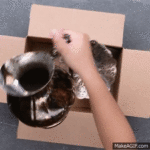Showerheads can accumulate unexpected dirt and debris over time. The minerals present in the water can build up and stick to the showerhead, causing the water spray to become weak and inconsistent.
In addition, the warm and moist environment inside the showerhead creates a slimy substance, which helps protect harmful bacteria from being killed by the chlorine in the water, potentially affecting human health during showers.
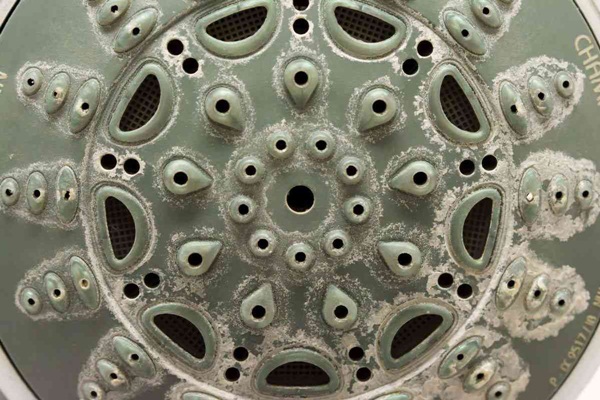 Therefore, it is essential to clean the showerhead regularly. You don’t need any harmful cleansing agents available on the market. Just a little white vinegar, which is readily available in the kitchen, can help you clean it effectively.
Therefore, it is essential to clean the showerhead regularly. You don’t need any harmful cleansing agents available on the market. Just a little white vinegar, which is readily available in the kitchen, can help you clean it effectively.
Here’s a simple method:
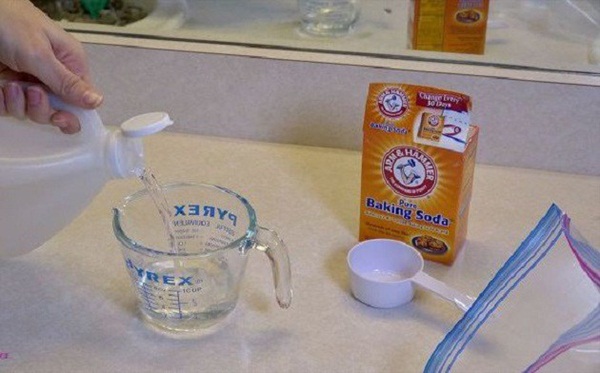 Pour vinegar into a cup and add 1/3 cup of baking soda. The acid in vinegar will react with baking soda to create a powerful cleaning solution.
Pour vinegar into a cup and add 1/3 cup of baking soda. The acid in vinegar will react with baking soda to create a powerful cleaning solution.
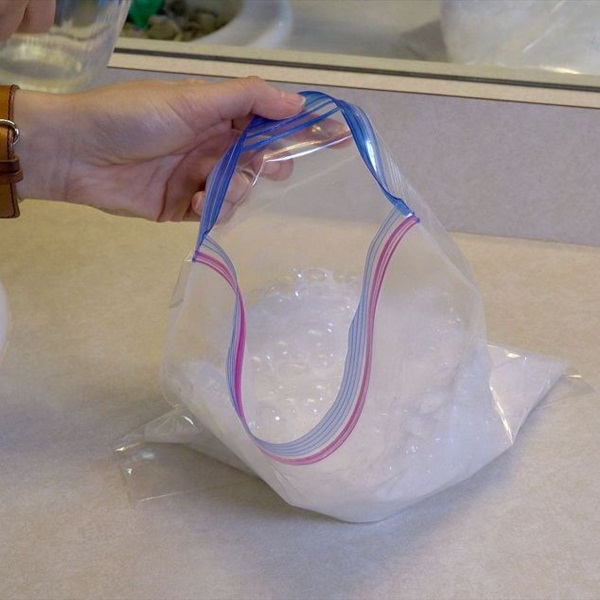 Pour the mixture into a plastic bag, and the size of the showerhead will determine the size of the bag.
Pour the mixture into a plastic bag, and the size of the showerhead will determine the size of the bag.
 Then, place the showerhead into the plastic bag, making sure that the entire head is submerged in the mixture. Secure the bag tightly with a rubber band to prevent it from slipping down.
Then, place the showerhead into the plastic bag, making sure that the entire head is submerged in the mixture. Secure the bag tightly with a rubber band to prevent it from slipping down.
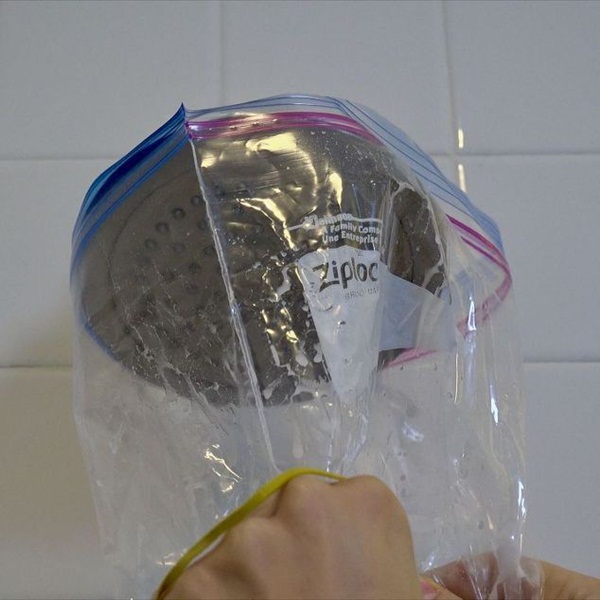 Let it sit for about a day, then pour out the liquid from inside.
Let it sit for about a day, then pour out the liquid from inside.
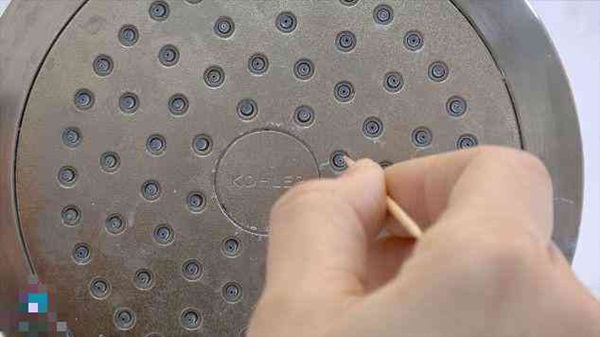 Use an old toothbrush and a sharp pick to clean the water spray nozzles.
Use an old toothbrush and a sharp pick to clean the water spray nozzles.
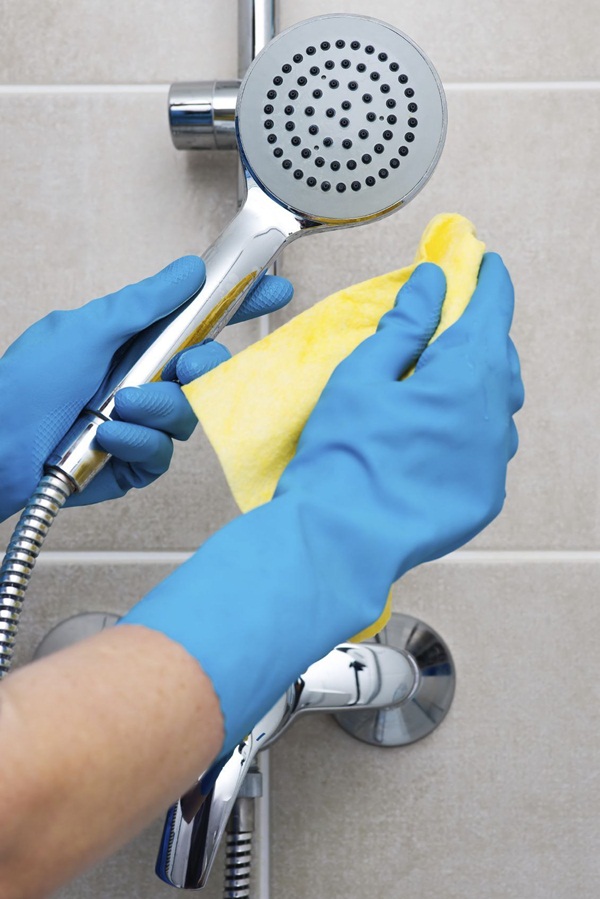 Wipe it off with a soft cloth, then turn on the shower to let the water pressure flush out any remaining dirt.
Wipe it off with a soft cloth, then turn on the shower to let the water pressure flush out any remaining dirt.
Source: Gia đình & Xã hội (Family & Society)


























